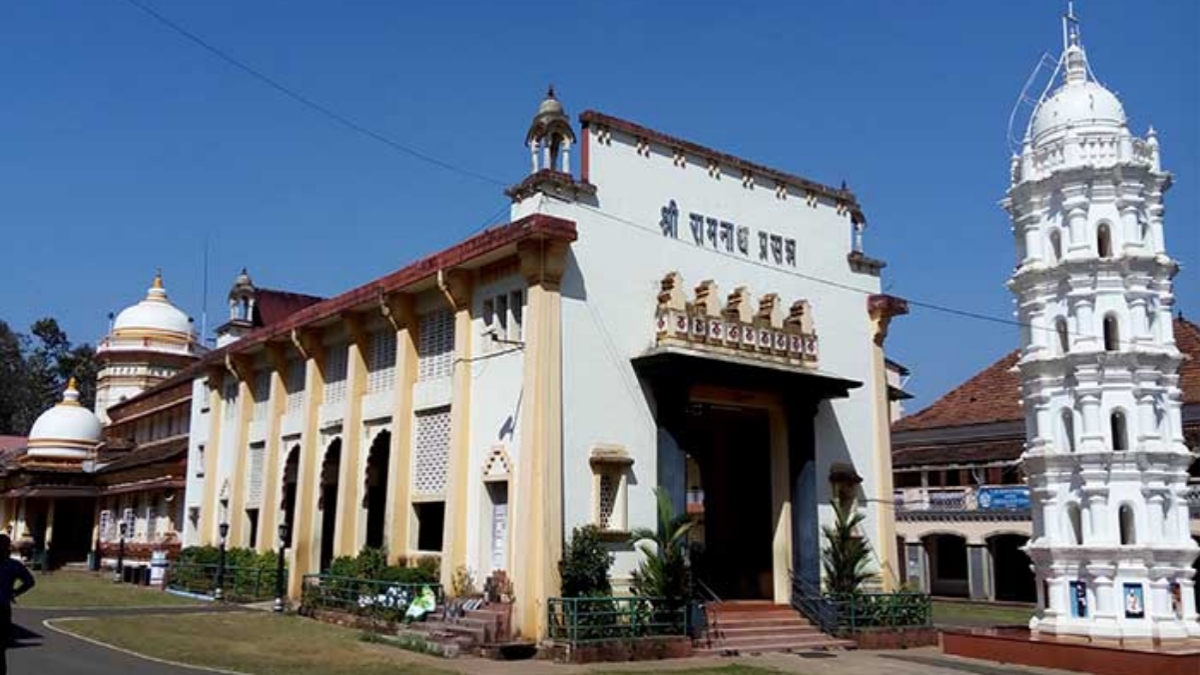Goa is considered to be one of the most beautiful places in India. Goa is famous for its beaches, serene atmosphere, old forts, churches etc. But another thing which it is very famous for is its temples. Located in this exotic tourist destination, Shree Ramnath temple Loutolim is a temple dedicated to Lord Ramnath. Lord Ramnath is considered to be an incarnation of Lord Shiva. This temple is found in a beautiful city called Bandivade which is approximately 20 kilometers from Panaji, which is the capital of Goa. This temple attracts a lot of tourists especially from the Shaivite and Vashnavite cults of India.

History of Ramnath Temple Loutolim
This is a very old temple which has its origin right during the Treta Yug, which is right from the period when Lord Rama was in this world. The origin of this temple dates to around 3000 years ago. But this was reconstructed and refurbished in the year 1905. The story from which the inception of this temple is followed goes on to say that, when Lord Rama returned from Lanka after getting Goddess Sita back from the grasp of Ravana, he wanted to get relieved from the sin of killing a Brahmin (Ravana). Thus he decided to worship Lord Shiva for forgiveness. For this purpose a Shiva linga was put up on the sea shore, and thus this place was known as Rameshwar or the Ramnathi. This idol of the deity was previously established in the Loutolim which was arranged by the Saraswat Brahmins who had shifted from the southern shores of Rameshwar. But when the Portuguese invaded Goa the idol was transported from Loutolim to its present haven, which is Bandivade to preserve its misuse and ill treatment. Hence since around 450 years this place was famous as Shri Ramnathi Temple.
Importance/Significance of Ramnath Temple Loutolim
The presiding deity of this temple is Lord Ramnath, who is an incarnation of Lord Shiva. This temple also enshrines other sub deities like Shri Kamakshi, Shri Sidhanath, Shri Laxminarayan, Goddess Shanta durgaetc. This temple is a master piece of beautifully sculptured designing and extraordinary architecture. Hence this serene and mystic place gives an enlightening and a satisfying feeling when one visits this temple.
Facts/Mythology about Ramnath Temple Loutolim
The entrance to the inner chancel has some brilliantly portrayed pictures on it, that too in silver metal. One of the pictures show the believers worshipping the sacred Shivalinga also another picture has the Supreme Lord Vishnu with his consort Goddess Lakshami seated on the Adishesha. Another unique thing about this temple is that mostly all the temples in Goa have huge pillars in their Sabhamandapa but this temple does not have any such pillars but has an exclusive galleria especially for the ladies. Also the patio of the temple has a magnificent five storied DeepaStambhai.e the tower for lighting lamps.
The idol of Lord Ramnath was initially housed in a temple at a settlement called Lotli (present-day Loutolim) which was set up by Gaud Saraswat Brahmins who had migrated from Rameshwar on the southern shores of India.
Lord Ramnath, like many other deities in Goa, was removed from the original temple at Loutolim and smuggled away to its present day abode of Bandivade, to avoid persecution by the Portuguese regime. Bandivade was under the control of Bijapur at the time.
The temple also houses other deities viz. Shri LaxmiNarayan, Shri Kamakshi, Shri Santeri and Shri Sidhanath. Unlike most temples in Goa, the sabhamandap (grand hall) of the temple has no pillars and yet has a special gallery for the ladies. There is a five-storied deepstambha (lamp tower) in the courtyard with images of Hindu saints carved on its base.
The door to the inner sanctum has some exceptionally beautiful scenes depicted on it in silver metal. Once scene depicts devotees worshipping a linga, and the other shows Lord Vishnu with his consort Lakshmi sitting on his couch of a coiled snake.

Festivals/Events/Gatherings
The most prominent celebration of the temple is the yearly Jatra which is celebrated in high spirits and with great enthusiasm where a procession of the idol is taken around the temple.
The annual festival or Jatra of the temple is celebrated with pomp and gaiety by the devotees with the traditional palakhi (palanquin) parading around the temple carrying the idol of the deity.


